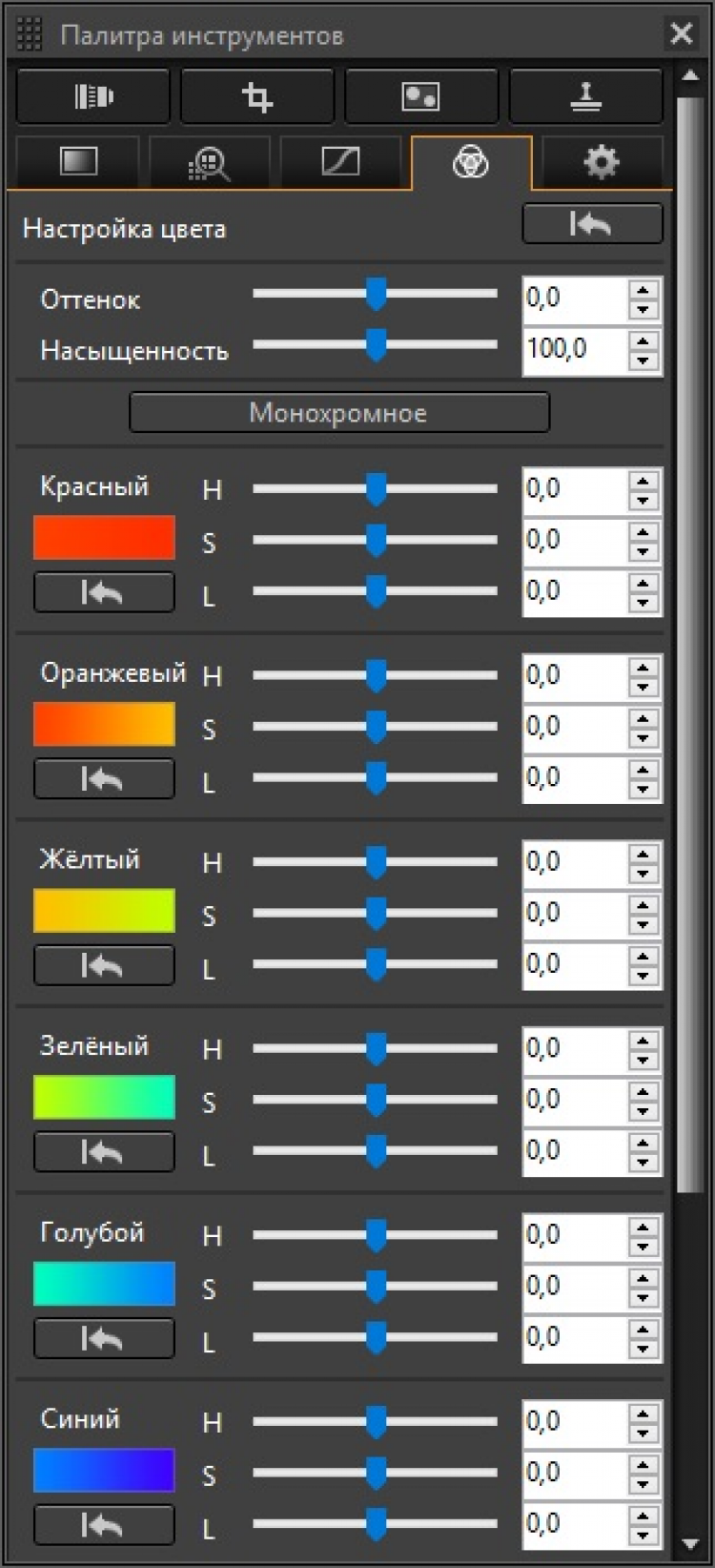
- #Digital photo professional 4 tutorial deutsch Patch#
- #Digital photo professional 4 tutorial deutsch full#
So which one is better? If we cared about color clipping, then the RGB histogram clearly warns us while the luminance histogram provides no red flags. Also note that the relative horizontal position of each peak is in accordance with the percentages used in the weighted average for calculating luminance: 59%, 30%, and 11%.

Since this image contains primarily blue, then red, then least of all green, the relative heights clearly show which color belongs where. It also shows three distinct peaks-one for each color that has become significantly clipped.
#Digital photo professional 4 tutorial deutsch full#
The luminance histogram tells an entirely different story by showing no pixels anywhere near full brightness. This is because the RGB histogram does not take into account the fact that all three colors never clip in the same place. Even though this image contains no pure white pixels, the RGB histogram shows strong clipping-so much that if this were a photograph the image would appear significantly overexposed.
#Digital photo professional 4 tutorial deutsch Patch#
At the interior of each color patch the intensity reaches a maximum of 255, so all patches have significant color clipping and only in that color. The above image contains many patches of pure color. To illustrate this point we will use an image which the two types of histograms interpret quite differently. An RGB histogram produces three independent histograms and then adds them together, irrespective of whether or not each color came from the same pixel. Luminance refers to the absolute amount of light emitted by an object per unit area, whereas luminosity refers to the perceived brightness of that object by a human observer.Īn important difference to take away from the above calculation is that while luminance histograms keep track of the location of each color pixel, RGB histograms discard this information. *Technical Note: Strictly speaking, these should really be called "luminosity histograms." Unfortunately, the terms "luminance" and "luminosity" are often used interchangeably, including by Photoshop, even though each describes a different aspect of light intensity. Once all pixels have been converted into luminosity, a luminance histogram is produced by counting how many pixels are at each brightness - identical to how a histogram is produced for a single color. Move your mouse over "convert to luminosity" under the example image above to see what this calculation looks like when performed for each pixel.

This weighting assumes that green represents 59% of the perceived luminosity, while the red and blue channels account for just 30% and 11%, respectively.

How is a luminance histogram produced? First, each pixel is converted so that it represents a luminosity based on a weighted average of the three colors at that pixel.


 0 kommentar(er)
0 kommentar(er)
